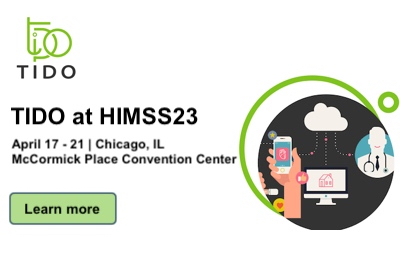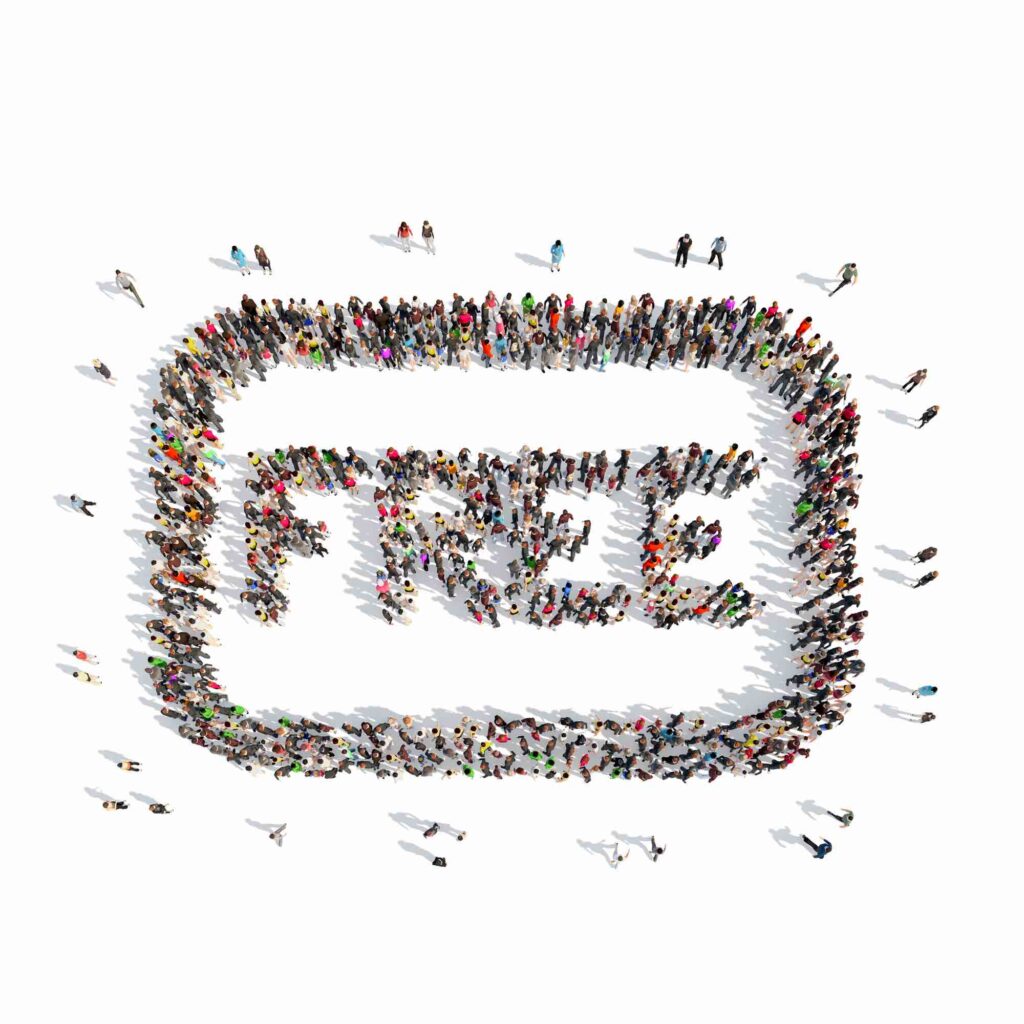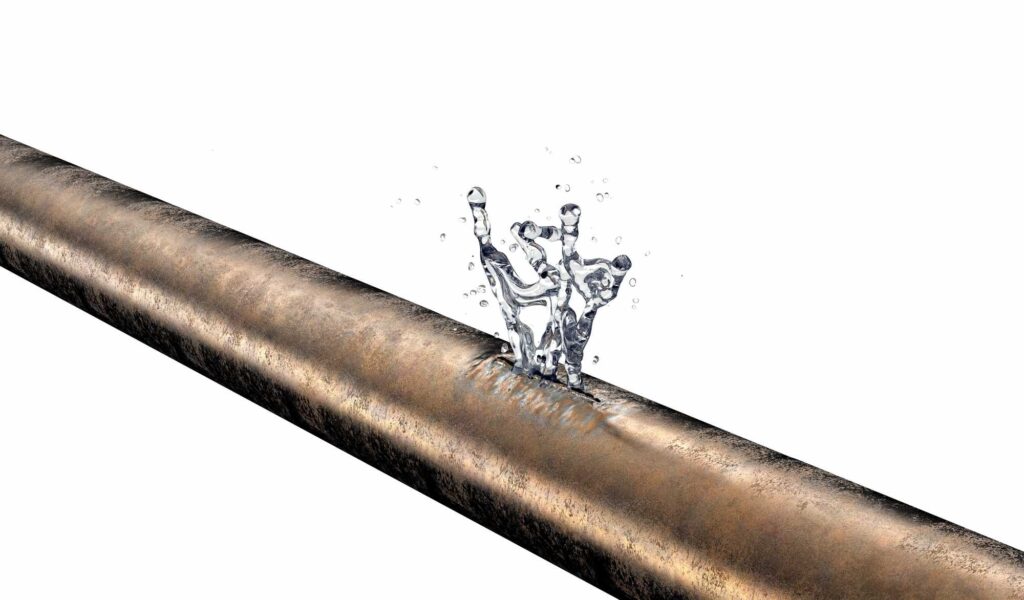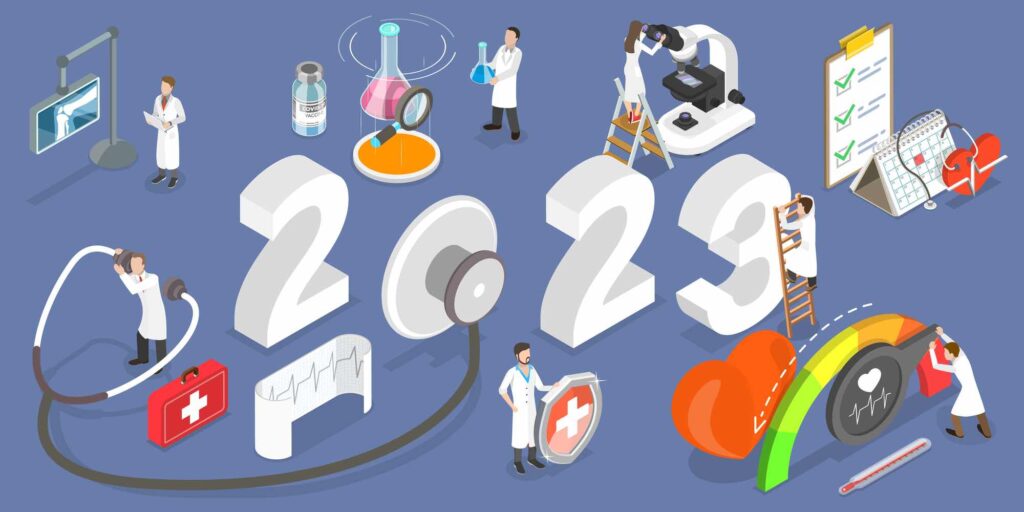Ticker tape was a revolutionary tool for moving information fast. Widely used by the financial industry for the quick transmittal of stock prices, sports reporters used it relay scores, and in many other industries for relaying information fast to people who didn’t necessarily know Morse code. Ever wonder where the 3-4 letter symbols for stocks and sports teams came from? How about the traditional 15 minute delay for financial information? Ticker tapes. Crazy right? Traditional ticker tapes went out with the 60’s (1960’s that is), but today we see “ticker tape” scrolls at the bottom of screens and on LED billboards.
Back to the question at hand… What can we learn from ticker tape? Getting information from the people that have it to the people that need in a timely manner can have a real improvement in operations, saving time and freeing up valuable manpower to handle other tasks.
Having a simple scroll at the bottom of the clinician’s screen showing important information can save time, and reduce frustration. Health systems have numerous moving parts and inter-connected technology. When something breaks, who reports it? The front line clinical staff. When an application / system (EHR, Pharmacy, Laboratory, PACS, Mobile, Web Applications) or interface fails , every clinician is impacted at the same time. Problem with the pharmacy network, blood bank, PACS? The front line staff calls the department first, once they are aware there is a problem, then a person from each department will call help desk. This is where the cascade begins.
In large units there will likely be 2 or 3 people calling the help desk before the word gets around to the rest of the unit. Multiply this time X number of units. The calls quickly overwhelm the most well-staffed help desks. What happens when an upgrade impacts more than one system? Gridlock, like a ticker tape parade in New York City.
Automated end-to-end applications and integration monitoring coupled with real information can be a powerful tool to alert front-line staff of application issues, alleviating the need of multiple calls to the help desk. Freeing front-line staff from calling the help desk, and associated wait time, allows them to keep their focus where it belongs, on the patients. Early awareness allows early response and early action, any clinician will tell you this is key to preventing larger health problems down the road. This is just as true for our IT systems.
Automated end-to-end applications and integration monitoring monitoring can alert IT staff to problems early, allowing faster response and resolution, before the calls to the help desk and online tickets quickly overwhelm departments. IT staff can focus on resolving the problem, not resolving the tickets.
Providing high quality patient care is the mission of any hospital or health system, the networks and systems in place are there to support this mission. At a time when health systems need to get the most out of their current FTEs, effectively utilizing technology to quickly relay important information saves time and money, but more importantly, it can help take one more burden off of our front-line clinical staff. For more than 10 years Tido Inc has been partnering with hospitals and health systems get the most out of their IT infrastructure, from advisory services, to systems integration, to Automated end-to-end applications and integration monitoring, we’re here to help extend the reach of your IT department. Want to know how?! Of course you do! Contact us today, we’re happy to connect see how we can help.







